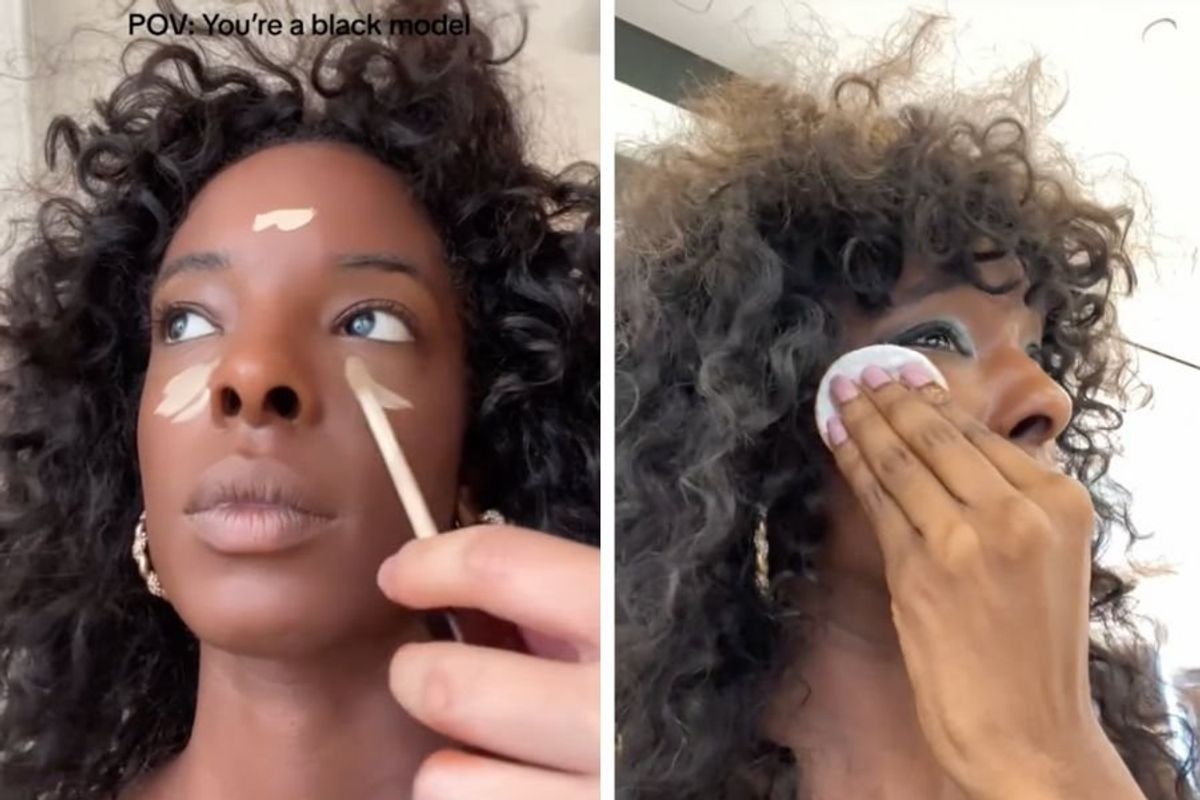
Simon Beck didn’t set out to become a world-renowned snowshoe artist, yet here he is. The former cartographer was trained in engineering at Oxford, but has spent the past ten years making jaw-dropping art in the snow and sand using only his feet.
Beck uses geometrical and geographical tools to plot out his designs, but it’s still baffling to see him walk exactly where he needs to to create them. His designs can take 12 hours of walking or more, and he’ll take around 40,000 steps for an average-sized piece. It’s beautiful, it’s creative, it’s exercise—and it’s fleeting.
Being made out of snow and sand, which are constantly being blown or washed away, Beck’s artwork doesn’t last. Such is the nature of creating art in nature, but that doesn’t bother him in the slightest. “Most people will only ever see most of the world’s artwork as photographs,” he said in an article in Artsy. “Even with the Mona Lisa—probably only a minority of people have actually seen the real thing, but everyone’s seen a photograph of it.” As long as Beck gets a photo of his massive designs, it’s all good.
And the photographs are truly something to behold. Check out some of his snow creations on Facebook and Instagram.
One of the challenges of working in the snow is that conditions can change throughout the creation of a piece. Snow might melt or become exceptionally icy.
Or, other people might not realize what is happening and inadvertently mess up your work. For instance, there’s nothing to stop a skier from plowing right through a design.
Beck’s sand drawings offer a different kind of challenge. Timing out the tides and dealing with the wind—as well as other beachgoers—makes sand art tricky, but the final product is totally worth it.
On occasion, Beck even uses his art to make statements about issues in the world. For instance, there are 81 triangles in this drawing, but he says he left 77 unshaded to represent “the 77 countries where LGBT people are given a hard time.”
Beck has created most of his 300-plus land drawings in Europe. However, he will be spending two weeks of January 2020 in Silverthorne, Colorado, where he will create between five and 15 of his iconic works of snow art.
ABC News did a segment on Beck and his work, where he explains a bit of his process and how he uses a ski pole to measure parts of the design. Watch and enjoy:
Simon Beck has become a global sensation for his installations made by stepping through snow with snowshoes and a ski pole.
This article originally appeared on 01.01.20

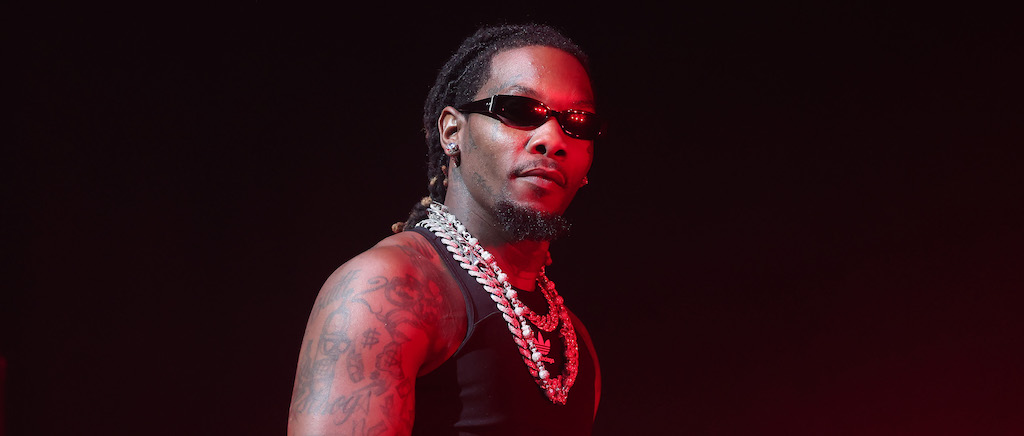
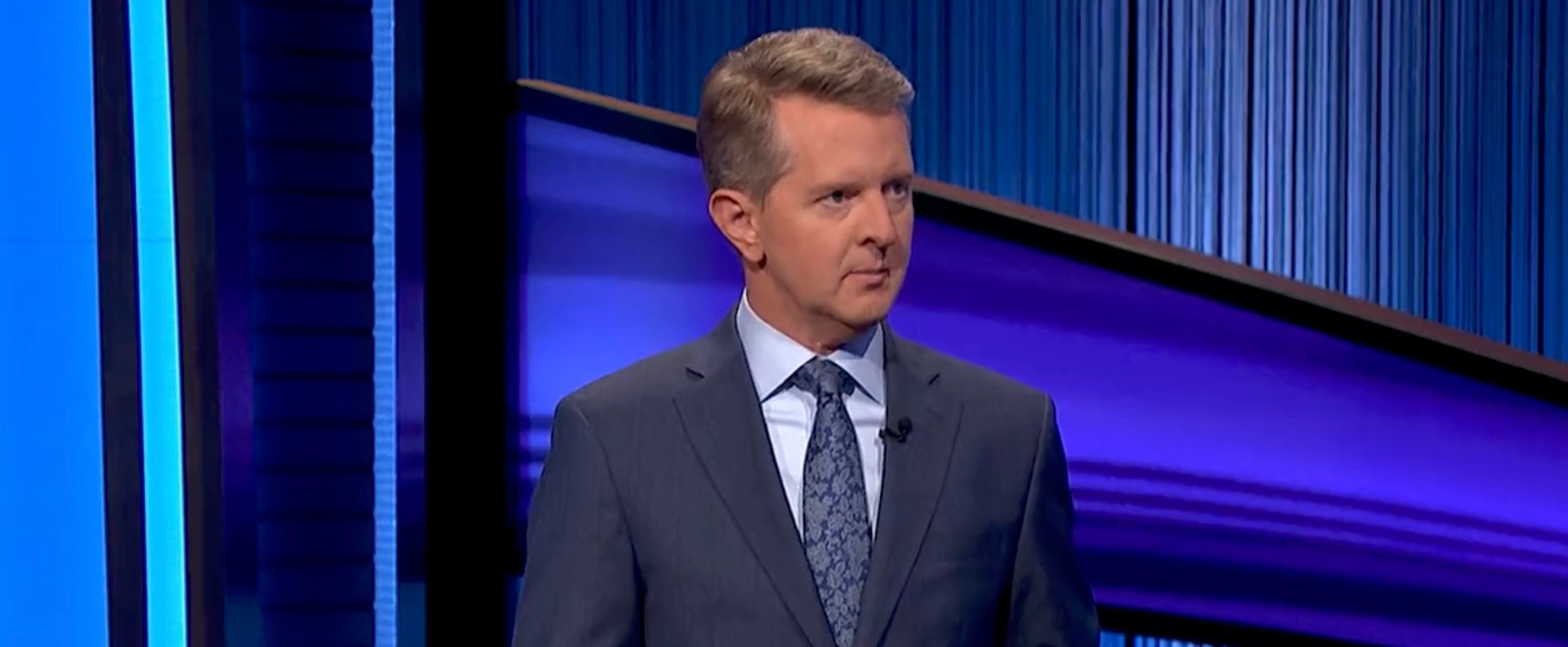
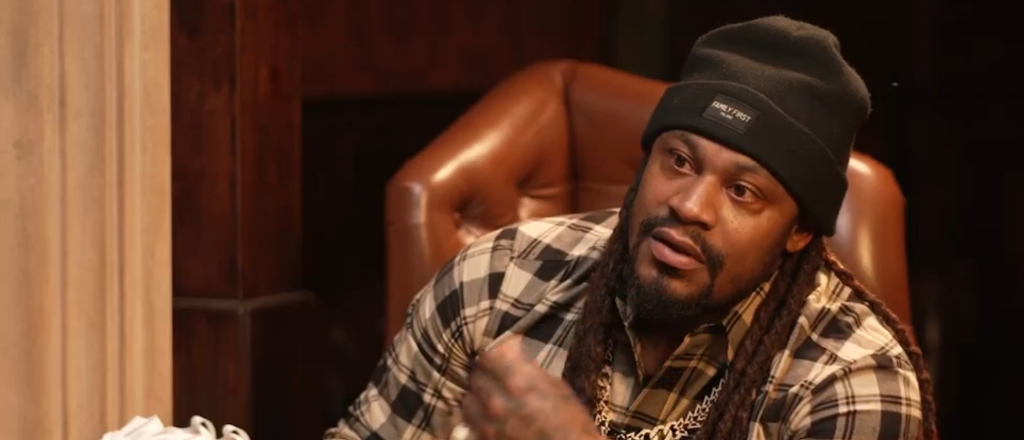

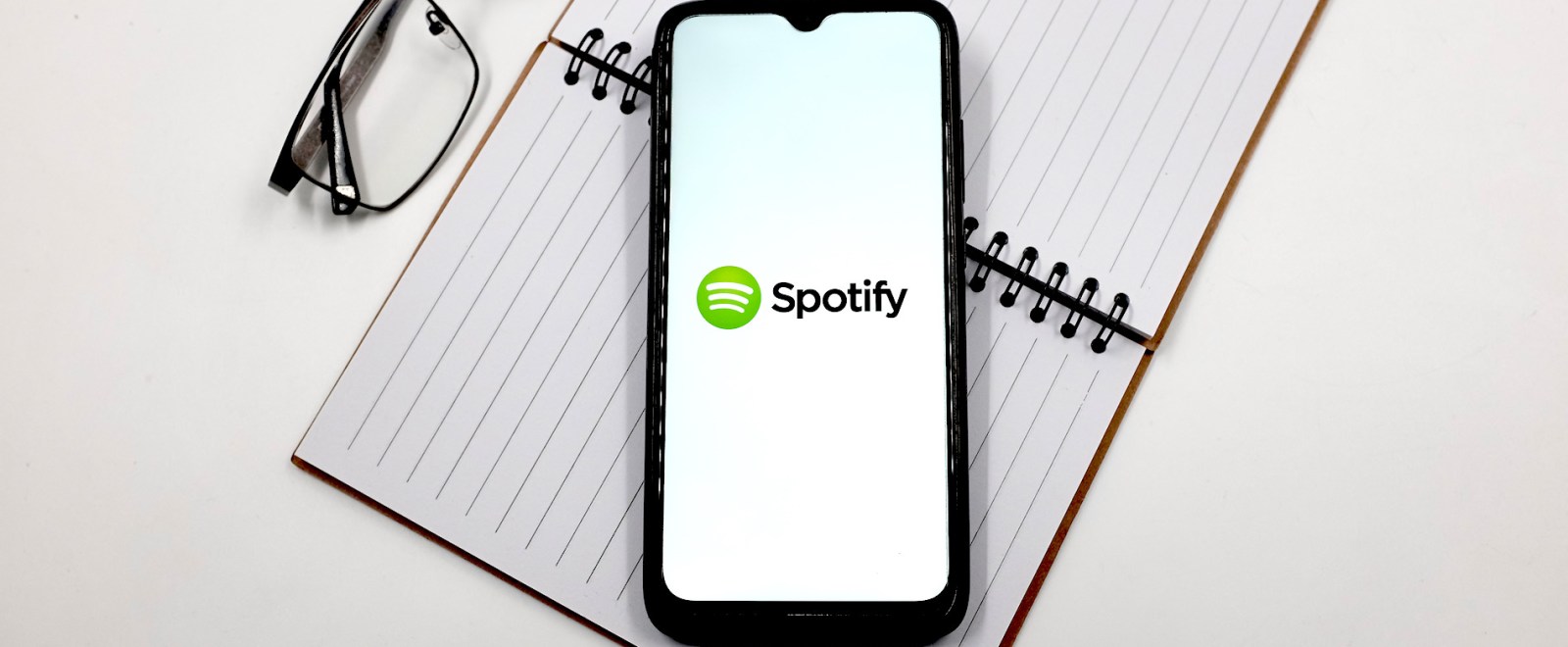





 𝕄𝕒𝕕𝕕𝕪 𝕊𝕥𝕠𝕟𝕖
𝕄𝕒𝕕𝕕𝕪 𝕊𝕥𝕠𝕟𝕖  (@TheDreadStone)
(@TheDreadStone) 
 (@Astronyaut)
(@Astronyaut) 


 (@RaFe_Tano)
(@RaFe_Tano)  (@blurayangel)
(@blurayangel) 